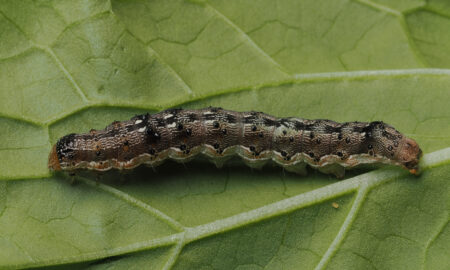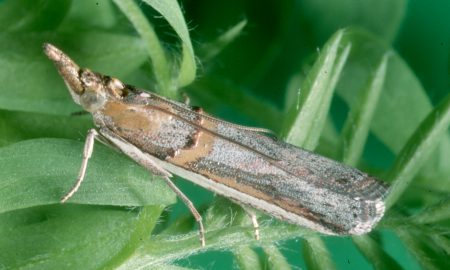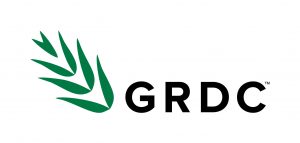Key takeaway: Warm autumn conditions are likely driving a rise in Bryobia mite activity. With crops slow to develop due to moisture stress, they are more vulnerable to Bryobia feeding damage. Management requires accurate identification of mite species and informed chemical use.
Bryobia mites (Bryobia spp.) are making their presence known this season, with unusually high activity reported in some paddocks in the Victorian Mallee and Central West NSW. Known for being active in warmer weather, the extended warm autumn has likely created favourable conditions for Bryobia mites to thrive.
Compounding the issue, moisture stress across many regions is slowing crop development. As such, crops are staying in their early growth stages longer than normal, leaving them exposed to Bryobia feeding damage for an extended period when they’re most vulnerable.
Even if the seed has been treated with neonicotinoid dressings, they are unlikely to provide protection against Bryobia mites.
If you have found Bryobia mites in your paddock and are considering an insecticide application, the following information may help:
In terms of foliar sprays, Bryobia mites are generally more susceptible to organophosphates than synthetic pyrethroids; however, recent research has found different tolerances between Bryobia mite populations to organophosphates (omethoate), but not to synthetic pyrethroids (bifenthrin). This may help explain any inconsistencies in control when spraying with omethoate.
Bryobia mites may also exhibit greater tolerance to insecticides than other mite pest species affecting the same host plants. Be aware that different mite species may require different application rates. Your best chance of achieving effective control of Bryobia mites is to follow label directions and recommended application rates closely.
For help with mite identification in grain crops, see our ‘Crop and pasture mite identification’ video below.
In paddocks where Bryobia numbers are low, it’s worth noting that their populations often decline during winter. This natural decline may ease pressure on crops and allow them to outgrow early-stage vulnerability.
Learn more
Bryobia mite PestNote by Cesar Australia and SARDI
Acknowledgements
Thanks to Matt Witney (Dodgshun Medlin), Alistair Ferrier, Matt Burkitt (Nutrien Ag), and Brad Bennett (Mallee Agronomy) for providing field reports.
Cover image: Photo by Brad Bennett





